Your Lordships On Reforms (The Phraseology In Recent SC Rulings)
Nandini Sundar and others vs state of Chhattisgarh
- "Tax breaks for the rich and guns for the youngsters amongst poor so that they keep fighting amongst themselves seems to be the new mantra from the mandarins of security and high economic policy of the State."
- "Predatory forms of capitalism, supported and promoted by the State in direct contravention of constitutional norms and values, often take deep roots around the extractive industries…. The argument that such a development paradigm is necessary, and its consequences inevitable, is untenable."
Ram Jethmalani and others vs Union of India and others:
- "…it would appear that in this miasmic cultural environment in which greed is extolled, conspicuous consumption viewed as both necessary and socially valuable, and the wealthy viewed as demi-gods, the agents of the State may have succumbed to the notions of the neo-liberal paradigm that the role of the State ought to only be an enabling one, and not exercise significant control."
- "Ethical compromises by the elite—those who wield the powers of the state, and those who fatten themselves in an ever more exploitative economic sphere—can be expected to thrive in an environment marked by such a permissive attitude...of weakened law enforcement."
Greater Noida Authority review petition:
- "In the name of development what are you doing? You are acquiring land for multiplexes, malls etc that are beyond the common man. The state should protect the common man’s right, but it’s the other way around…are those whose land was taken away not needy?"
- "The state is driving out poor people. This is a sinister campaign by many state governments. It is anti-people…."
***
- Neo-liberalism: Socio-economic policies that espouse unfettered growth via free markets, deregulation, and reduced government role. Critics say this makes the rich richer and poor poorer.
- Crony capitalism: Capitalism gone wrong, where big business is tied to politicians in power, curries favour with the government for benefits, to the detriment of all other sections of society.
- Trickle-down effect: Ever higher economic growth helps raise tax revenues, giving governments enough money to cover welfare expenses. Often used as a ruse to hard-sell economic reforms.
***
In a priceless, only-in-India moment at the 20th anniversary of economic reforms, it’s the anti-reform group that’s stealing the show. Far from ‘opening up’ real estate, insurance or retail, the drumbeats growing louder with each passing day accuse business, particularly Big Business, of ‘opening up’ India alright, but largely to unprecedented corruption. This when the India story is that it’s now among the fastest-growing nations, with 1 per cent of its poor improving their lot annually.
The growing number of reforms critics are emboldened by the spate of scams unravelling in key sectors of the economy like land, mining, telecom and real estate. They say the current dispensation is ‘neo-liberal’—the disparaging nickname being hurled at UPA-ii three years after the Left withdrew support—and that India is a hotbed of “crony capitalism”, a sobriquet reserved for nations like Russia. CPI leader D. Raja issues a dire warning, “Mark my words, if reforms continue, the time isn’t far when the very nature of India will be altered from a democratic nation to an authoritarian state.”
Earlier restricted to the Left, such foreboding is now finding takers in civil society and even the middle class. The judiciary is also stepping in. In a crucial judgement rejecting Chhattisgarh’s state-sponsored Salwa Judum militia two weeks ago, the SC referred to India’s current economic and social plank as, yes, “neo-liberal”. Apex court judges have, recently, also admonished corporate hospitals for running them like “hotels”, asked the UP government to return land to farmers instead of re-selling it to developers for profit, and have insisted on action against people stashing black money abroad.
Has liberalisation, then, increased corruption? Industry argues that opposition to reforms ignores the ground reality: real improvements that have taken place since 1991. Their antidote to corruption is further liberalisation, and getting welfare obligations to manage its impact. Business commentator Gurcharan Das says the attitude towards reforms may be negative today, but only because people want to put the blame on something for corruption. “What they don’t realise,” Das says, “is that the corruption numbers are big because the economy is bigger. Everyone has become richer.”
Simple economics, however, has got muddied somewhere along the way. Consider indirect taxes. As it is levied on goods and services, this tax is a key indicator of the health of the economy. In 2011, indirect tax revenues are expected to exceed Rs 3,30,000 crore, or $74 billion. A huge sum, but barely double the $40 billion the Comptroller and Auditor General estimates India lost in just one corporate scandal—the sale of underpriced 2G spectrum to favoured telecom companies over 2008-09. (The government disputes the CAG calculations of revenue loss.)
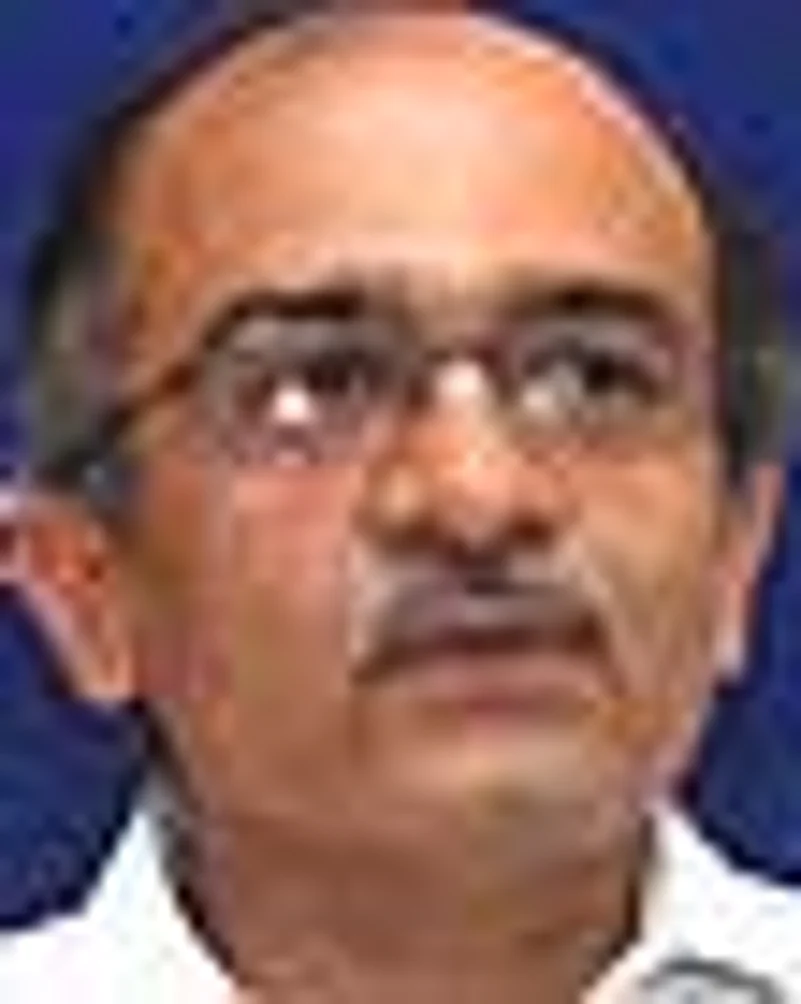
| “An SC judgement against this neo-liberalism is talked about. What about when judgements went the other way?” Prashant Bhushan, Senior advocate, SC |

| “Interpreting the Salwa Judum verdict as for or against reform is misguided. It’s a ruling against a draconian state.” Ramachandra Guha, Social historian | ||
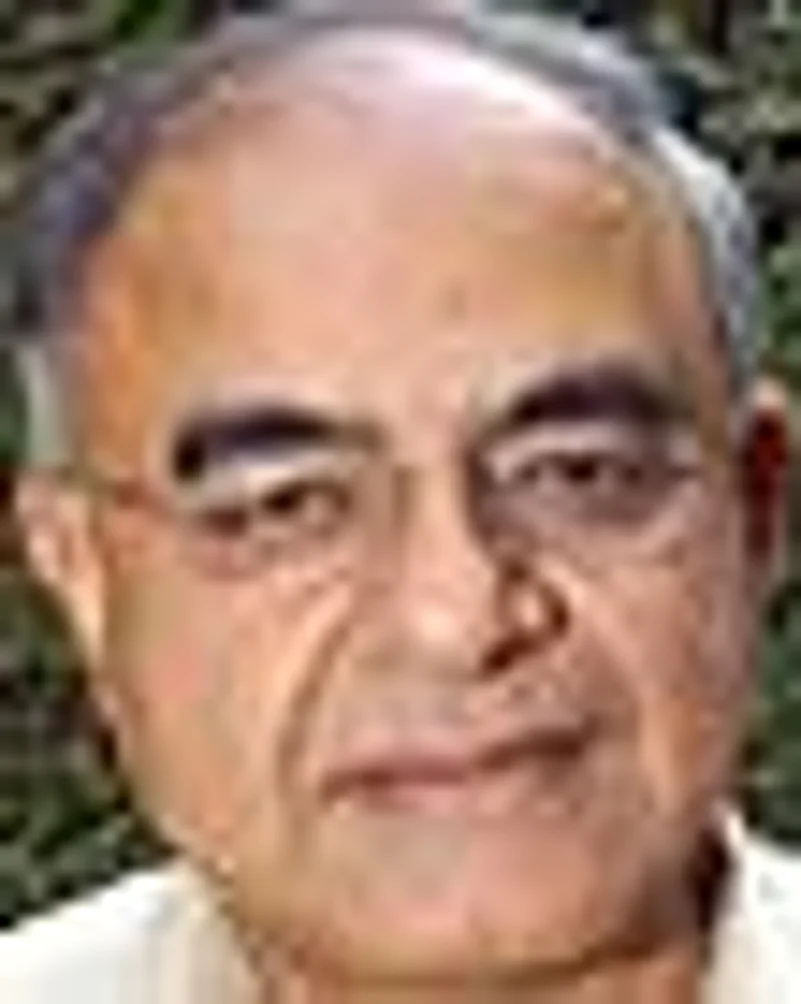
| “The only answer to poverty is growth—or we just won’t have the means to redistribute resources.” Gurcharan Das, Business commentator |
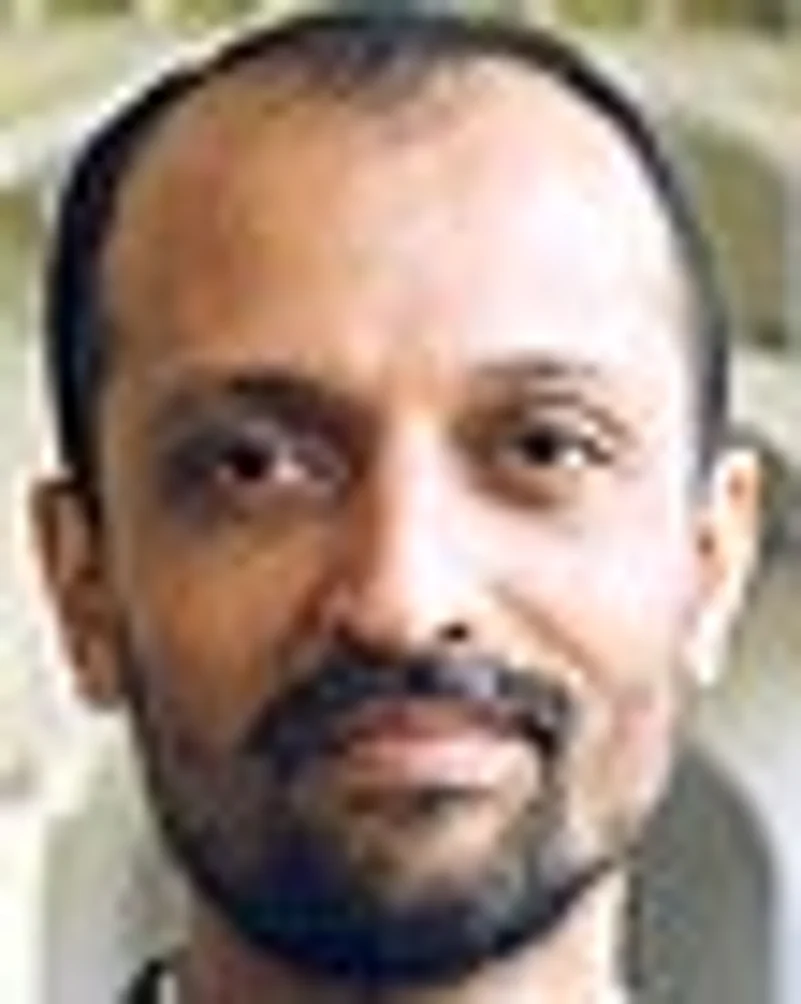
| “We can’t reverse reform—it’s the product of a consensus. All governments since the ’90s have pursued it.” Ajit Ranade, Economist | ||
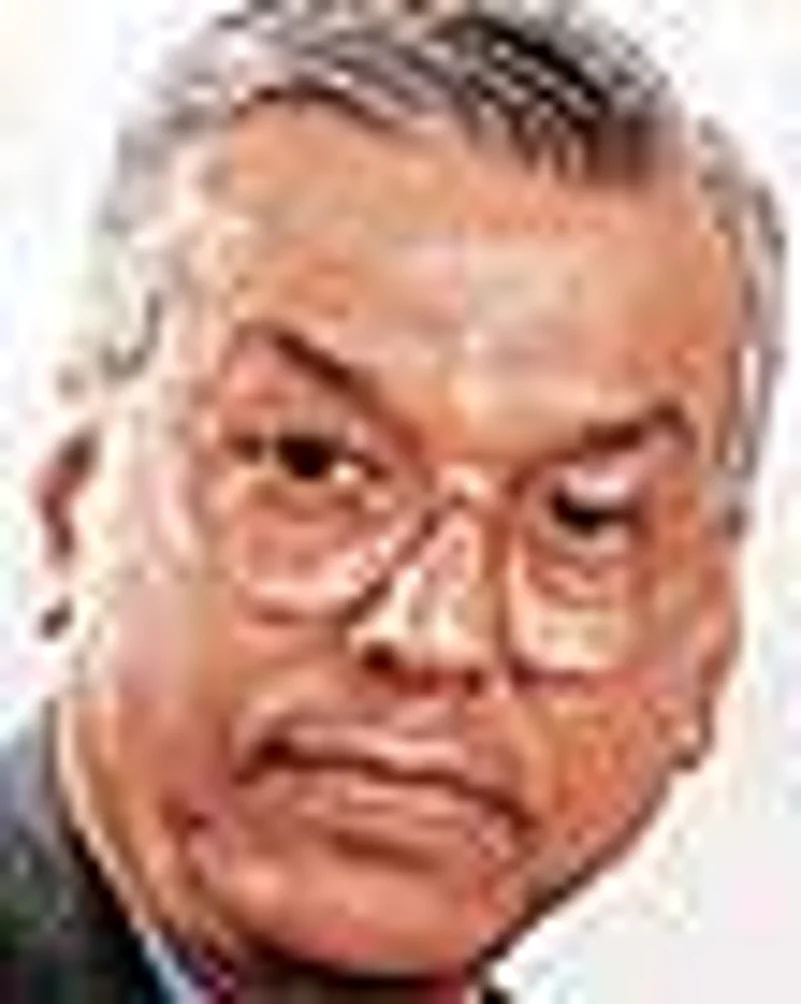
| “Neo-liberalism is a false label. Truth is, India has never before admitted the need for equitable growth as it does today.” Dr Ashok S. Ganguly, Ex-chairman, HLL |

| “The court made the inevitable connection—the ‘roaring cannons’, the poor citizens and wider India Inc interests.” Karuna Nundy, Advocate |
The sheer size of these scams has spawned armies of anti-neo-liberalism protesters—it now includes lawyers, activists, former bureaucrats and intellectuals, apart from those adversely impacted by reforms, such as displaced people, farmers, low-income groups harried by the escalating prices and the poor. They link the malfeasance right back to the biggest change in recent decades: economic reforms. All this has severely affected the appetite for reforms among the political and bureaucratic class, leading to “paralysis” in policy-making.
Sadanand Dhume, resident fellow at the American Enterprise Institute in Washington, says much of the opposition comes from an inability to grasp the fact that India remains poor, but much less so than in 1991. He cites UN numbers on the percentage of Indians living below the poverty line—they’ve dropped from 51 per cent of the population in 1991 to 22 per cent today. “Some people blame 20 years of liberalisation for the persistence of poverty in India. If they had a better grasp of history, they’d blame 40 years of socialism that preceded it,” Dhume says.
Agreed, corruption predates neo-liberalism; but the cost of reforms is adding up to way too much, is the retort. Economist Surajit Mazumdar, an assistant professor at Ambedkar University in Delhi, says not only has the scale and magnitude of graft gone up since 1991, the tendency for a few people to corner economic benefits has also become more pronounced (50 Indians were on the Forbes list of billionaires in 2011, making up over 20 per cent of the GDP). “These changes are not despite but because of these neo-liberal policies,” Mazumdar says. “The justification when reforms were introduced was that they would eliminate the basis for corruption created by state intervention in the economy. The result, however, has been the exact opposite.”
Industry insists that the truer manifestation of reforms isn’t corruption, but quicker growth, more jobs, rising incomes and an improved saving rate. “The negative impact of globalisation is we are much more vulnerable to global price fluctuations,” says Ajit Ranade, head of the Aditya Birla Group’s corporate economics cell. The other possible impact is the rising gap between incomes of the poor and the rich. “A driver’s salary, for instance, it only rises to an extent. But management salaries tend to rise much, much more,” he says.
To better manage this disparity, industry suggests the government take welfare seriously, rather than make macro-economic U-turns. Indeed, the first decision of the newly appointed rural development minister Jairam Ramesh was to accept all recommendations of the National Advisory Council on the Food Security Bill. Until last week, the fate of this bill was uncertain, partly due to costs. The scheme may require up to Rs 1,00,000 crore, or $22 billion a year to provide subsidised food to poor families. At present, the government spends roughly Rs 10,000 crore ($2.2 billion) less, but the supplies are often poor quality, “lost” in transit, or sold at higher prices in the open market.

Graffiti on the Games scam. (Photograph by Sanjay Rawat)
And that’s also why, when the Supreme Court recently held government and industry responsible for pursuing liberalisation without regard for the poor, everyone took note. Senior advocate Prashant Bhushan, at the forefront of the civil society campaign for a stronger anti-corruption law (which the government is resisting), says the court has every right to make an ideological argument, such as in the order on black money. “Isn’t the government’s argument also ideological, when it says that all means are justified in the pursuit of law and order? Or when it says all means are acceptable when pursuing ever-higher economic growth?” asks Bhushan.
Many would agree, and political commentator Ramachandra Guha—he along with Nandini Sundar and E.A.S. Sarma filed the PIL in 2007 that sought an end to the Salwa Judum—goes a step further. Guha advises caution to those critical of this particular judgement for mistakenly presuming it is a victory for left-wing ideology. “It would be inappropriate to view the order as an empirical victory of any sort for the Left ideology. The order is, in fact, about how it is not okay, even for the state, to employ ‘any means’ against its own people, no matter what the end may be. No matter the cause, social or economic, policies cannot be tailored to suit vested interests—that’s what the order is really about,” he says.
Twenty years into reform, the government confronts not just a polarised debate on whether a critical proportion of India’s population has done better since 1991 or not. It must also deal with steadily tightening policies to tackle surging inflation, which means boosting interest rates, leading industry toward a potential dip. There’s also the massive illegal economy to check. “India’s effort against corruption, so far, increasingly resembles a dog chasing its own tail. The country ought to be focusing on rationalising campaign finances, cutting red tape and streamlining rules and regulations. Instead, it appears obsessed with creating new, unwieldy government structures to replace the old, unwieldy government structures that helped create the present mess in the first place,” says Dhume.

2G scam accused minister A. Raja
Surajit Mazumdar suggests tackling corruption by bringing “the large players in this game to book”. And Gurcharan Das suggests working on reforms—implementing the pending gst, for instance. “Remove the incentive to cheat on taxes with rational tax rates and digitising inventory. Also most black money is generated domestically, where matters are in our hands. International illegal money is difficult to track and control,” he says.
One positive thing from all the anger against corruption is that there is a realisation that systems have to be put in place to tackle it. For 20 years on, the reformers are, for now, on the back foot. A beleaguered UPA doesn’t want to risk alienating middle-income Indians, to say nothing of the poor. The good news is that in this maelstrom, it will take a lot of bad to make things worse.







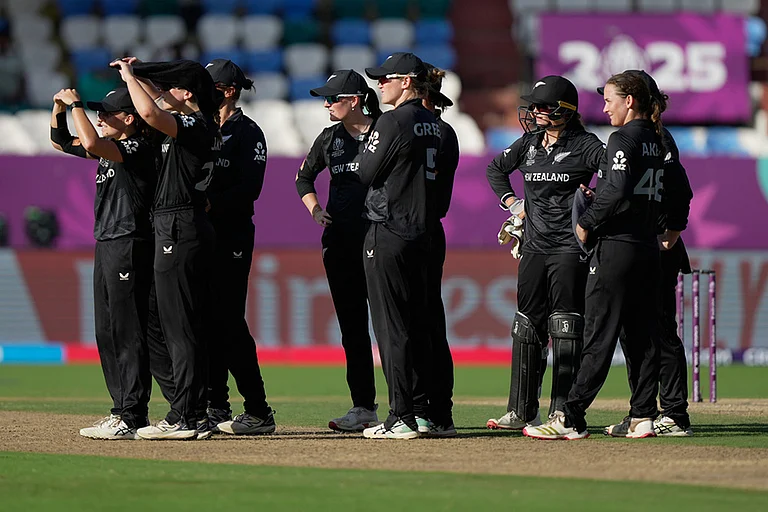





.jpg?auto=format%2Ccompress&fit=max&format=webp&w=376&dpr=2.0)












